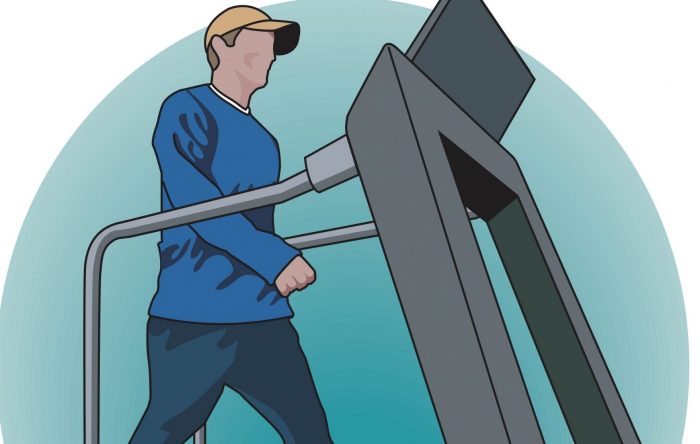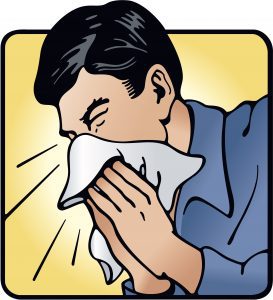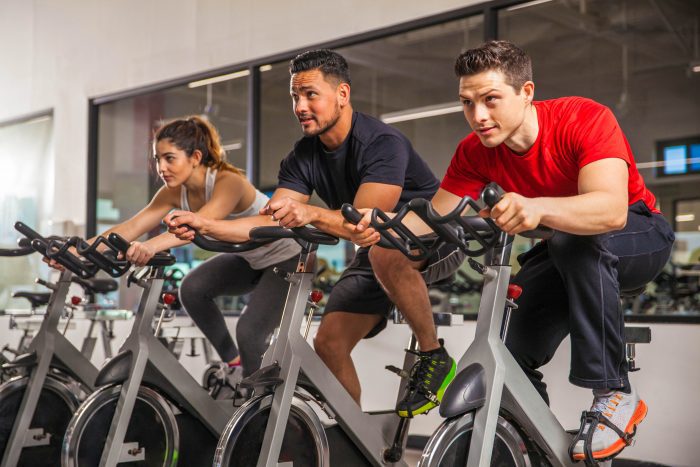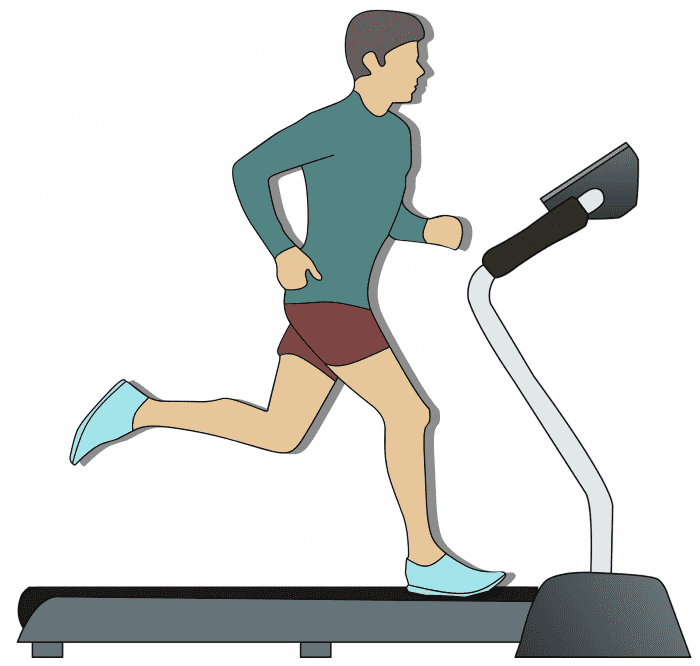Exercise without dietary changes may not help you lose weight
By David Dunaief

We’re just past the point on the calendar when those who committed to exercising more in the new year are likely to have fallen off their resolutions. If you’re still following through, congratulations!
Exercise has benefits for a wide range of medical conditions, from depression, insomnia, fatigue and balance to cognitive decline, chronic kidney disease, diabetes, cardiovascular disease and osteoporosis.
Will it help you lose weight, though? While gym membership ads emphasize this in January, exercise without dietary changes may not help many people lose weight, no matter what the intensity or the duration (1). If it does help, it may only modestly reduce fat mass and weight for the majority of people. It may, however, be helpful with weight maintenance.
Ultimately, it may be more important to examine what you are eating than to succumb to the rationalization that you can eat without care and work it off later.
Will exercise help you lose weight?
The well-known weight-loss paradigm is that when you burn more calories than you consume, you will tip the scale in favor of weight loss. The more you burn, the more you will lose. However, study results say otherwise. They show that in premenopausal women there was neither weight nor fat loss from exercise (2). This involved 81 women over a short duration, 12 weeks. All of the women were overweight to obese, although there was great variability in weight.
However, more than two-thirds of the women gained a mean of 1 kilogram, or 2.2 pounds, of fat mass by the end of the study. There were a few who gained 10 pounds of predominantly fat. A fair amount of variability was seen among the participants, ranging from significant weight loss to substantial weight gain. These women were told to exercise at the American College of Sports Medicine’s optimal level of intensity (3). This is to walk 30 minutes on a treadmill three times a week at 70 percent VO2max — maximum oxygen consumption during exercise. This is a moderately intense pace.
The good news is that the women were in better aerobic shape by the end of the study. Also, women who had lost weight at the four-week mark were more likely to continue to do so by the end of the study.
Other studies have shown modest weight loss. For instance, in a meta-analysis involving 14 randomized controlled trials, results showed that there was a disappointing amount of weight loss with exercise alone (4). In six months, patients lost a mean of 3.5 pounds, and at 12 months, participants lost about 3.75 pounds.
Does exercise play a role in weight maintenance?
Exercise may help with weight maintenance, according to observational studies. Premenopausal women who exercised at least 30 minutes a day were significantly less likely to regain lost weight (5). When exercise was added to diet, women were able to maintain 30 percent more weight loss than with diet alone after a year (6).
How does exercise help with disease?
Let’s look at chronic kidney disease (CKD), which affects roughly one in seven U.S. adults, as a simple example of exercise’s impact on disease (7).
Trial results showed that walking regularly could reduce the risk of kidney replacement therapy and death in patients who have moderate to severe CKD (8). There was a 21 percent reduction in the risk of kidney replacement therapy and a 33 percent reduction in the risk of death when walkers were compared to non-walkers.
Walking had an impressive impact, and the more frequently patients walked during the week, the better the probability of preventing complications. Those who walked between one and two times per week had 17 and 19 percent reductions in death and kidney replacement therapy, respectively, while those who walked at least seven times per week saw 44 and 59 percent reductions in death and kidney replacement. These are substantial results. The authors concluded that the effectiveness of walking on CKD was independent of kidney function, age or other diseases.
There are many benefits to exercise; however, food choices will have a greater impact on weight and body composition. The good news: exercise can help maintain weight loss and is extremely beneficial for preventing progression of chronic diseases, such as CKD.
By all means, exercise, but to lose weight, also focus on consuming nutrient-dense foods instead of calorie-dense foods that you may not be able to exercise away.
References:
(1) uptodate.com. (2) J Strength Cond Res. 2015 Feb;29(2):297-304. (3) ACSM.org. (4) Am J Med. 2011;124(8):747. (5) Obesity (Silver Spring). 2010;18(1):167. (6) Int J Obes Relat Metab Disord. 1997;21(10):941. (7) cdc.gov. (8) Clin J Am Soc Nephrol. 2014 Jul;9(7):1183-1189.
Dr. David Dunaief is a speaker, author and local lifestyle medicine physician focusing on the integration of medicine, nutrition, fitness and stress management. For further information, visit www.medicalcompassmd.com or consult your personal physician.



 One of the studies, published in the Journal of Infectious Disease, found that zinc reduced the duration of the common cold by almost 50 percent from seven days to four days, cough symptoms were reduced by greater than 60 percent, and nasal discharge was reduced by 33 percent (2). Researchers used 13 grams of zinc acetate per lozenge taken three-to-four times daily for four days. This translates into 50-65 mg per day.
One of the studies, published in the Journal of Infectious Disease, found that zinc reduced the duration of the common cold by almost 50 percent from seven days to four days, cough symptoms were reduced by greater than 60 percent, and nasal discharge was reduced by 33 percent (2). Researchers used 13 grams of zinc acetate per lozenge taken three-to-four times daily for four days. This translates into 50-65 mg per day.











